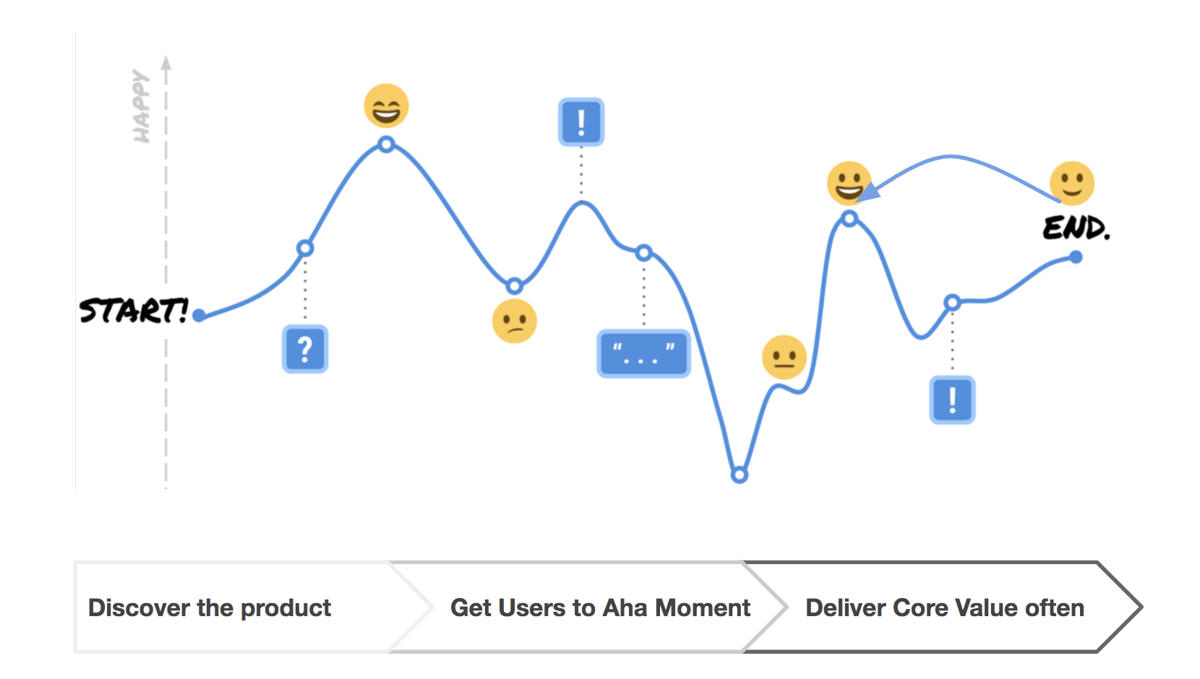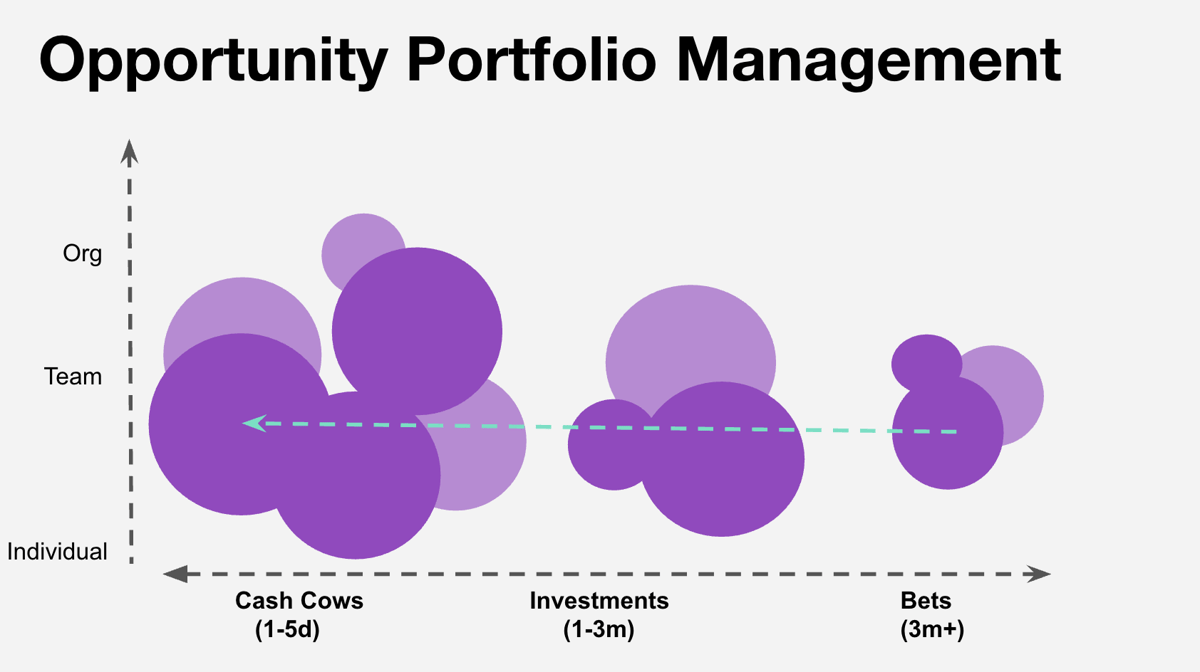In this episode of the GrowthTLDR, we talk to Ludo Antonov, who founded the growth team at Pinterest and is now running growth engineering at Lyft.
We get into how companies like Pinterest and Lyft excel at growth.
We discuss the three most common goals growth teams have, how those growth teams manage a portfolio of investments across those goals, how they prioritize that work, and the experiment framework used by the best growth teams.
Happy Growing!
Time Stamped Notes
Note: A lot of the topics we discuss below were detailed in a great presentation Ludo gave, which you can find here
- At Lyft, the growth teams are broken out by product. However, on the engineering side, the team is centralized and instead work in product pods. Ludo discusses how this differed from the growth team structure at Pinterest.
- Growth teams have three core goals:
1. Acquire users for the product
2. Introduce people to the core value of the product
3. Deliver that core value often

- We talk to Ludo about Pinterest's famous case study pivoting from Facebook to Google as their primary growth channel.
- Ludo goes through how his growth team plans out opportunities across three investment types - cash cows, investments, and bets. He discusses what these are and when to use them.

- It's critical to not over-index on bets and ensure you maximize the growth you get from your cash cows.
- Lyft's core value is when someone gets a ride; that's their aha moment. Ludo talks through how the growth team can influence that metric and onboard more people to that core value.
- Lyft is a real-time marketplace; the growth team needs to balance the number of riders and drivers to deliver the core value frequently.
- Ludo discusses the difference between growth at Lyft and Pinterest.
- Churned users for Lyft are riders that haven't been on the platform for more than 28 days.
- Two areas the Lyft growth team are working on to turn more passive riders into frequent riders are loyalty and habit. Ludo discusses the Starbucks loyalty program and how successful it has been.
- Effective growth PMs construct a narrative from all of the experiments and wins the growth team have achieved and tell that narrative to the company, plus ensure the entire group gets credit for those wins.
- Experiments are a research tool; it provides a mechanism for teams to get answers to questions they have on improving their product's user experience.
- An experiment framework should include some method to distribute the results of experiments across the company.
If you want to discuss topics like the above with experts, be sure to join the waiting list for the GrowthTLDR community
 iTunes
iTunes Stitcher
Stitcher Spotify
Spotify